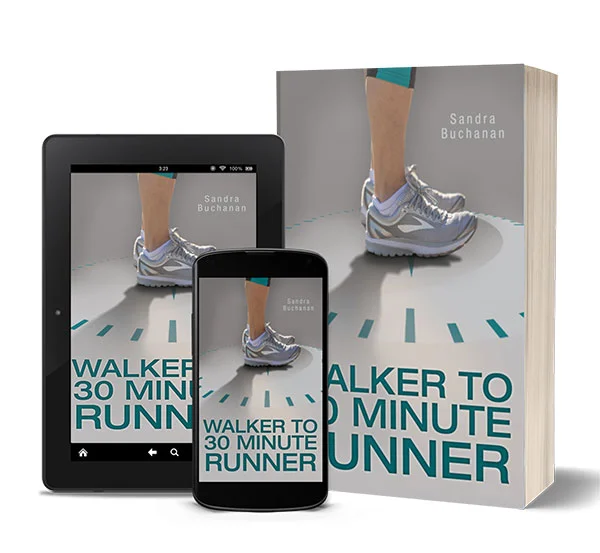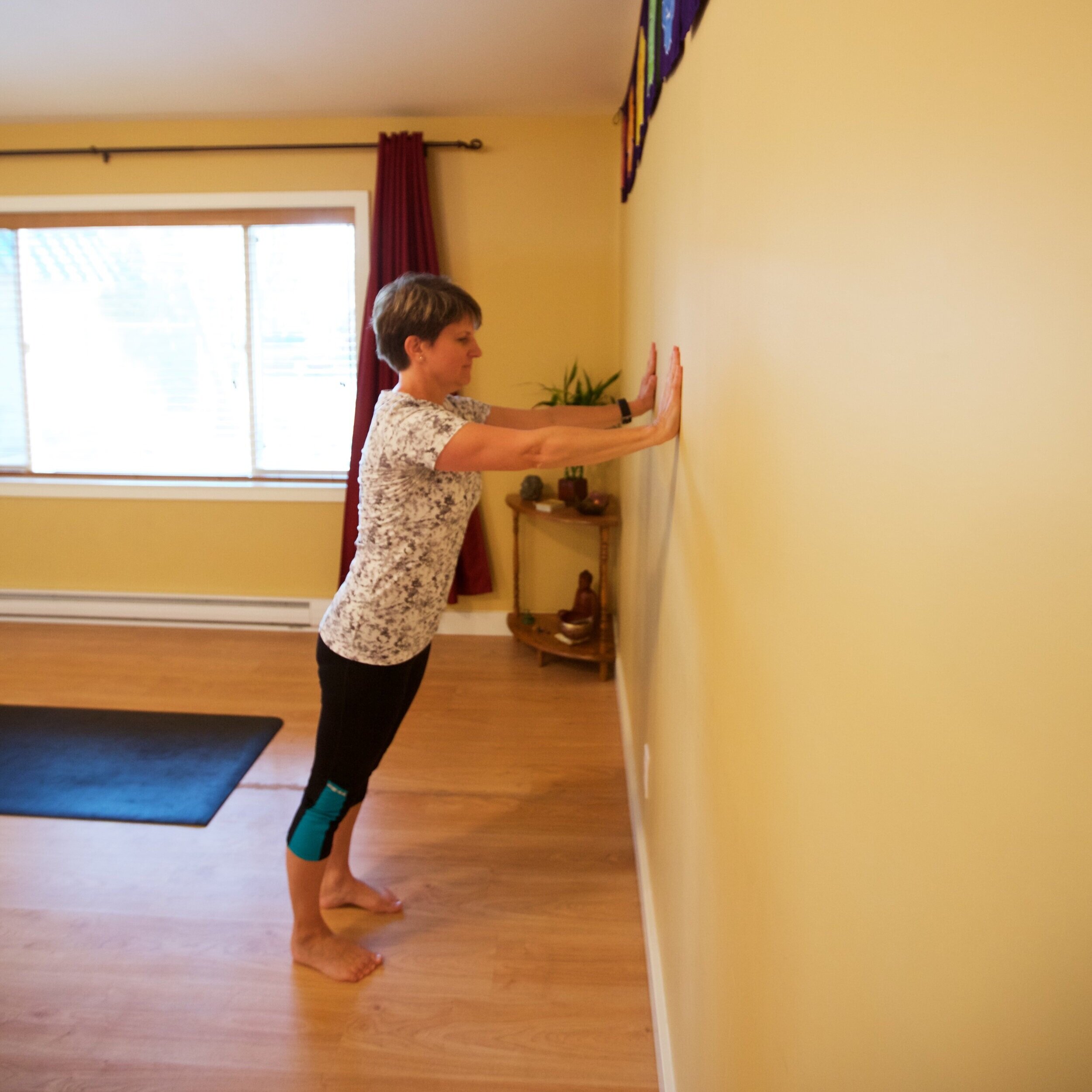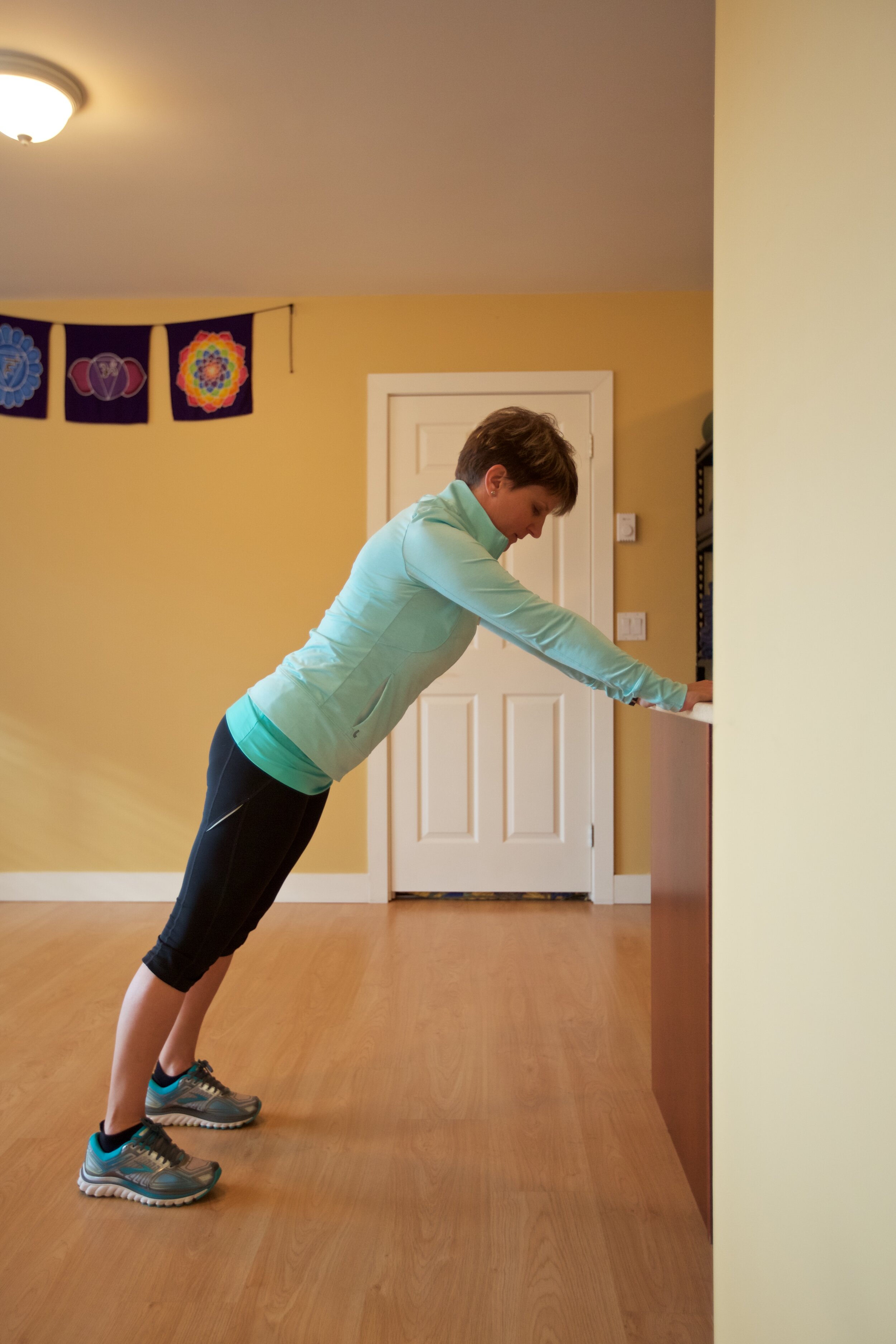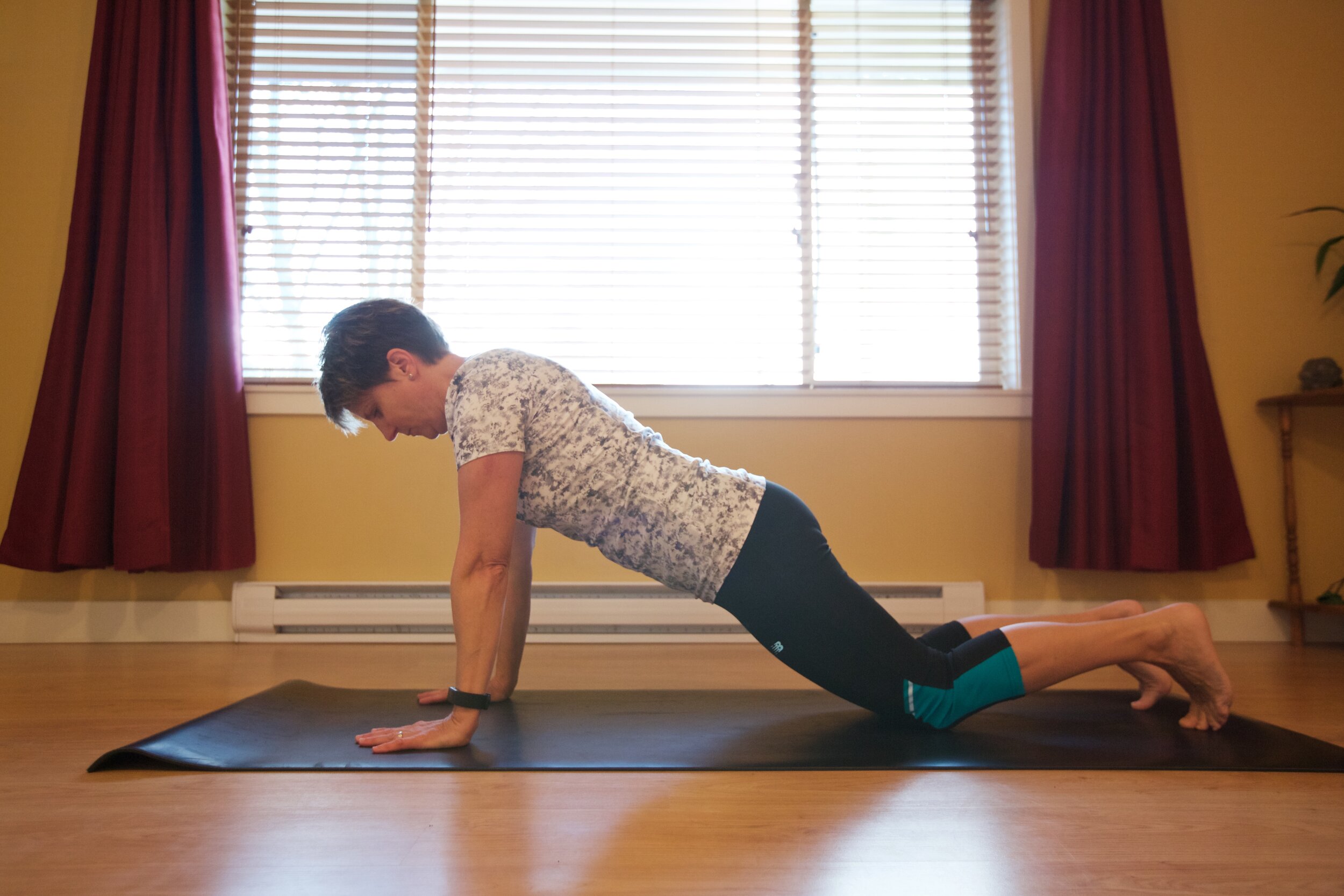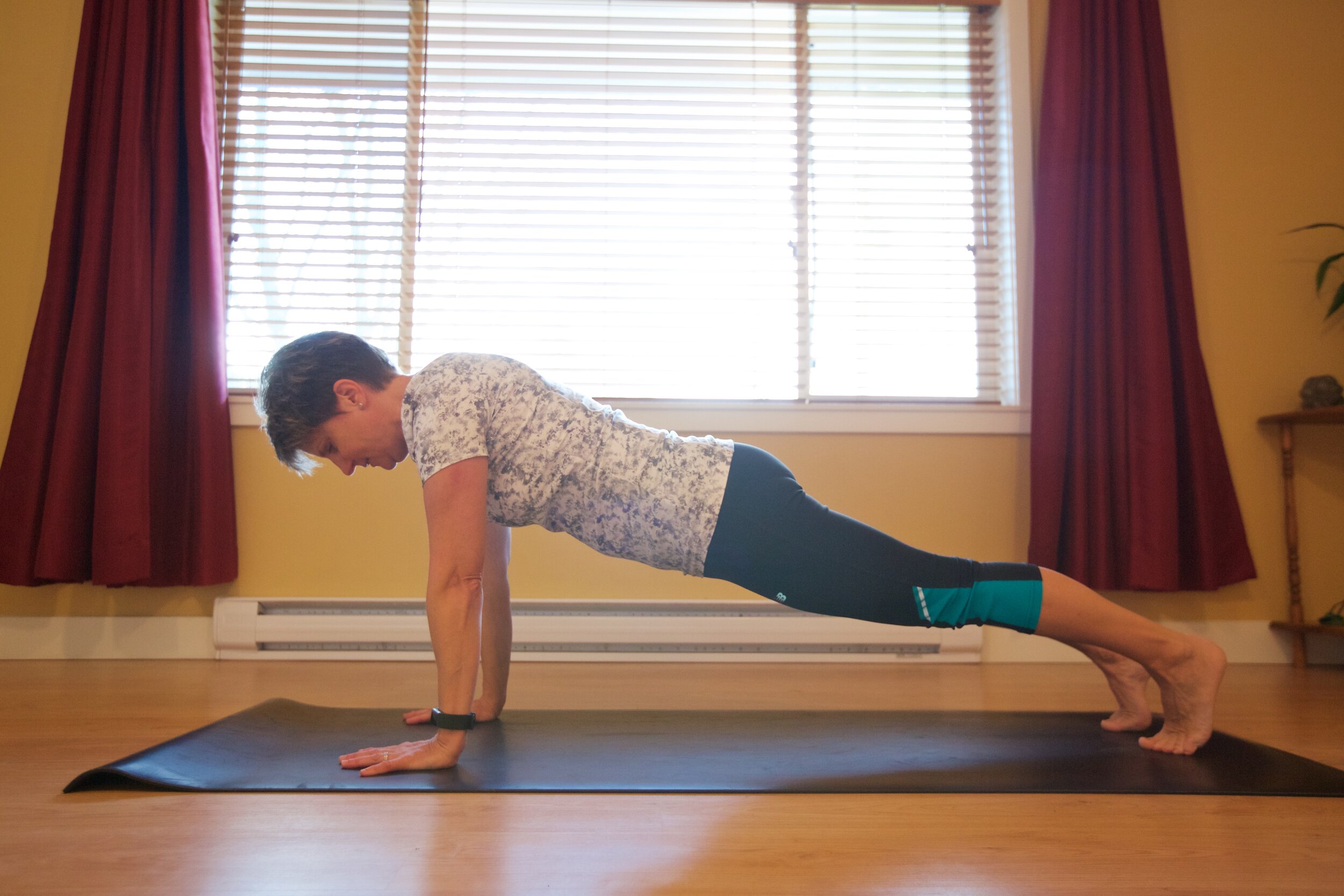5 reasons to stay hydrated and 5 ways to get your fluids!
Drinking water and staying hydrated are always important components of a healthy lifestyle, and key considerations in a fitness program. As summer approaches with warm and sunny weather, the outdoors call us to walk, run, hike, swim, cycle, and attend outdoor fitness classes. What's better than outdoor yoga? During activities in hot weather it becomes even more critical to consider hydration. This article describes 5 reasons to stay hydrated and 5 ways to get your fluids.
Reasons to Stay Hydrated:
1. Increased energy. One of the first signs of dehydration is a sluggish, tired feeling. Going through the day neglecting to drink water is one of the sure ways to experience that late afternoon energy crash. The last thing you will feel like doing is anything fitness related! Maintain energy by drinking regularly throughout the day. If you start feeling lethargic, check in to how much you have hydrated that day. Try drinking a big glass of water and see if energy levels start to rise.
2. Stay cool. Especially in hot weather, we sweat during activity to regulate our body temperature. Sweating is awesome - the sign of a great workout! If our body is not properly hydrated, we are not able to fully cool off through sweat. This can result in dizziness and exhaustion, and at the extreme can lead to in heat stroke which is a serious condition. So drink lots, sweat lots, and be cool.
3. Boost endurance. During activity stamina will drop with the effects of dehydration. A well hydrated body will experience more endurance and be better prepared to push through the second half of your run, class, or hike!
4. Prevent headaches. Studies show that not drinking enough is related to headaches. Even a mild headache can make us say no to getting outside and getting some exercise. Headaches are a drag, so use some prevention and drink that water.
5. Because I'm Happy! Mood is affected by hydration. Feeling uplifted increases motivation and make fitness more fun.
How to Get Your Fluids:
1. Carry a water bottle with you at work, in the car, going for a walk. Make it convenient to stay hydrated. If a water bottle is in the cup holder of your car, you a likely to sip some water when hopping into and out of the car. Instead of always having a coffee or tea beside your laptop, try a nice ice water with some lemon squeezed in. (PS - Choose a re-useable water bottle instead of disposable. Let's reduce plastics :))
2. Squeeze a lemon or lime in your water. This tastes refreshing and is good for you. Juice from 1/2 lemon provides a good dose of Vitamin C as well as other trace nutrients.
3. Choose a smoothie for after workout re-fuelling. Have a blender? Make a smoothie! Following a workout, toss into the blender some frozen fruit, milk (or alternative such as soy or almond milk), yogurt, protein powder, and a little maple syrup for taste, and zip it up. The frozen fruit provides lots of hydration and the protein powder is great for fuelling the body post exercise.
4. Drink a glass of water first thing in the morning. Yes, that's right, before coffee! Try to develop this as a new habit. Upon getting up in the morning, head first to get yourself a tall glass of water. Soon you will crave this when you wake up, and then you are on your way to having a hydrated and wonderful day.
5. Mix electrolyte based drinks 1/2 and 1/2 with water. If you enjoy drinks such as Gatorade, mix them 1/2 and 1/2 with water. You will get the taste and the electrolytes, but less sugar, coloring, and other artificial ingredients.
There are plenty of other reasons to stay hydrated, such as keeping muscles and joints lubricated and skin supple, and loads of ways to increase fluids through out the day. Find what works for you. Drink, have energy, be happy!

